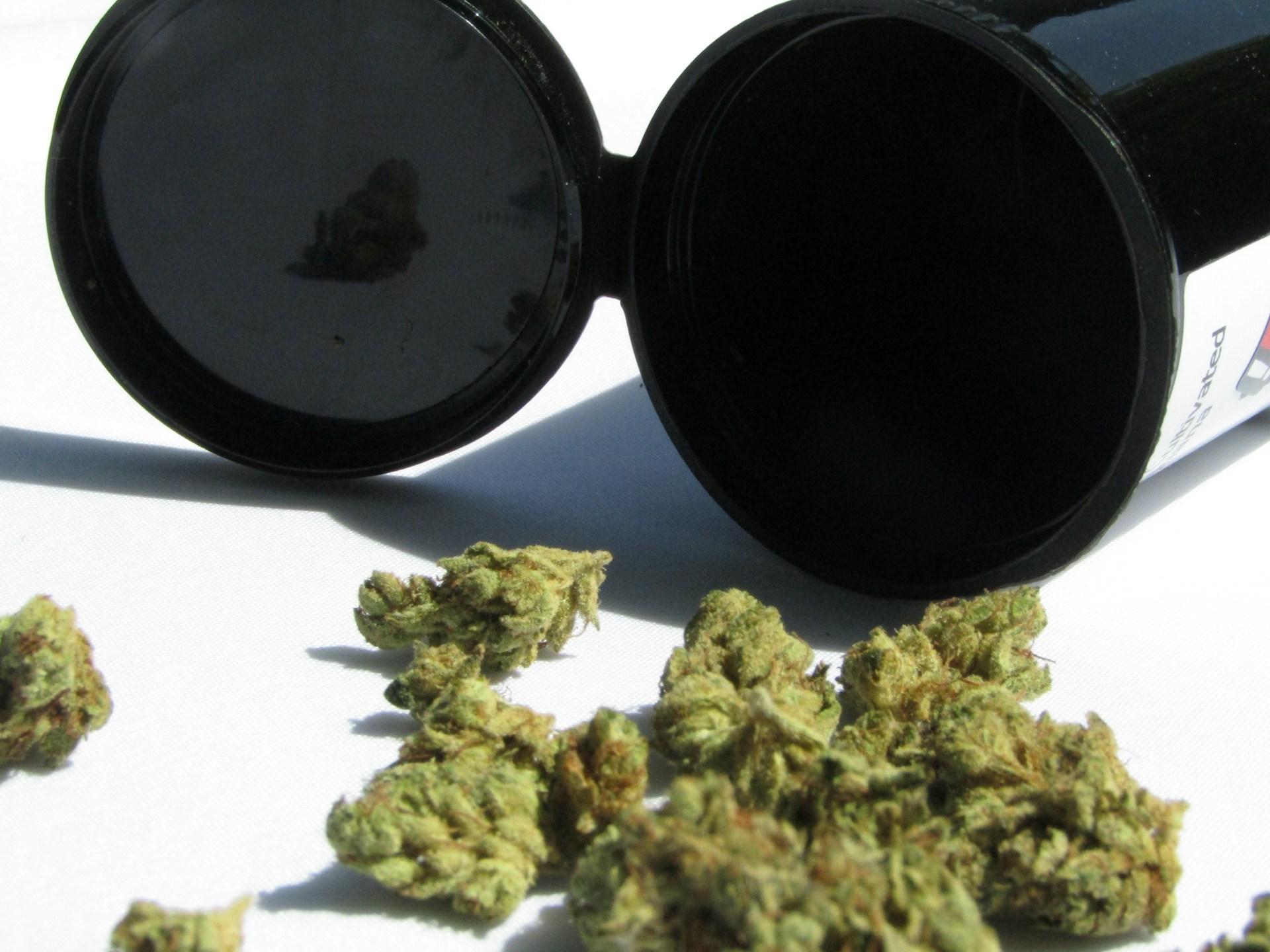
If you’ve ever taken a whiff of a freshly plucked cannabis bud and been swept away by its unique and intoxicating aroma, you’ve already had a brush with terpenes. These organic compounds are responsible for the diverse array of scents found in the cannabis plant, from the sweet and fruity to the sharp and piney.
However, terpenes do more than just tickle your nose. They also play a significant role in influencing the overall effects of cannabis, making them a vital aspect of the cannabis experience.
In this exploration of terpene profiles and their effects, we’re going to dive deep into the aromatic world of cannabis. We’ll unravel the science behind these complex compounds, how they interact with our bodies, and how they contribute to the therapeutic benefits associated with different cannabis strains.
The Role of Terpenes in Cannabis
Terpenes are organic compounds produced by a variety of plants, including cannabis, as part of their natural defense mechanisms and communication systems. Terpenes act as deterrents to predators, attract pollinating insects, and help protect the plant from harmful environmental factors. In cannabis, they are produced in the same glands that synthesize cannabinoids, and there are over 100 different terpenes identified in the cannabis plant alone.
While terpenes contribute to the distinctive flavors and aromas of cannabis, they also play a crucial role in the overall cannabis experience by influencing the way cannabinoids interact with the body’s endocannabinoid system. Terpenes can either enhance or mitigate the effects of cannabinoids, a phenomenon known as the “entourage effect,” meaning that the combined impact of cannabinoids and terpenes can be greater than their isolated effects.
Understanding Terpene Profiles
A terpene profile refers to the unique combination of terpenes found in a specific cannabis strain, which can impact both the sensory experience and the therapeutic effects of the plant. By familiarizing oneself with the most common terpenes’ properties and effects, users can better anticipate the overall experience of various strains based on their terpene compositions.
Here are some of the most frequently found terpenes in cannabis, along with their associated properties and effects:
- Myrcene: With a musky, earthy aroma, myrcene is the most commonly found terpene in cannabis. Myrcene is thought to have sedative, analgesic, and anti-inflammatory properties, and strains with high levels of myrcene are often considered “indica-like,” potentially promoting relaxation and supporting sleep.
- Limonene: Recognizable for its zesty citrus scent, limonene is believed to produce uplifting, energizing, and mood-enhancing effects. Strains high in limonene may be particularly suitable for daytime use or as a natural mood booster.
- Linalool: Known for its floral, lavender-like aroma, linalool is commonly associated with calming and sedative effects. Strains rich in linalool may be beneficial for managing anxiety, stress, and sleep-related issues.
- Caryophyllene: With its spicy, peppery scent, caryophyllene stands out as the only terpene known to interact directly with the endocannabinoid system, acting as a CB2 receptor agonist. Caryophyllene is believed to have anti-inflammatory, pain-relieving, and stress-reducing properties, making it potentially beneficial for those seeking relief from chronic pain or inflammation.
- Pinene: As its name suggests, pinene has a fresh, pine-like aroma and is the most common terpene in the plant world. Pinene is thought to promote alertness and enhance memory, making strains high in pinene potentially useful for those seeking focus and cognitive support.
Navigating Terpene Profiles for Personalized Cannabis Experiences
Becoming familiar with terpene profiles and their effects can be immensely helpful in personalizing your cannabis consumption. Here are some steps for tailoring your cannabis experience through terpene knowledge:
- Analyze Lab Reports: Many cannabis products come with lab reports that detail the specific terpene concentrations found in the product. By examining these reports, users can gain a better understanding of a strain’s terpene profile and anticipate its potential effects.
- Follow Your Nose: The distinctive scents of different strains are indicative of their terpene profiles. When selecting cannabis, be mindful of the strains that naturally draw your attention with their appealing aromas, as they may be more suited to your personal preferences and needs.
- Keep a Cannabis Journal: Keeping a record of the strains you’ve tried and their associated terpene profiles helps in identifying patterns in the types of strains that work best for you. Over time, this information may prove invaluable in guiding your future cannabis selections.
- Test Different Strains Mindfully: Explore various strains with different terpene profiles, noting their effects on your mind and body. Be mindful of your experiences, and use this knowledge to make more informed decisions about which strains to incorporate into your cannabis routine.
How Terpene Profiles Influence the Cannabis Experience
So, as you take a whiff of your next cannabis product, remember that there’s more to that scent than meets the nose. Those terpenes are not just providing a sensory experience, but are also key players in the potency and effect of your cannabis. They’re a testament to the complexity and power of nature, and a reminder of the many layers still to be explored in our understanding of this versatile plant.
At 406 Essence of Safe Access, Inc., our dedicated team is here to provide guidance and support as you navigate the complexities of terpene profiles and their effects. Visit our cannabis dispensary in Billings, MT and let us help you unlock the potential of cannabis terpenes in your pursuit of personalized, immersive cannabis experiences.

